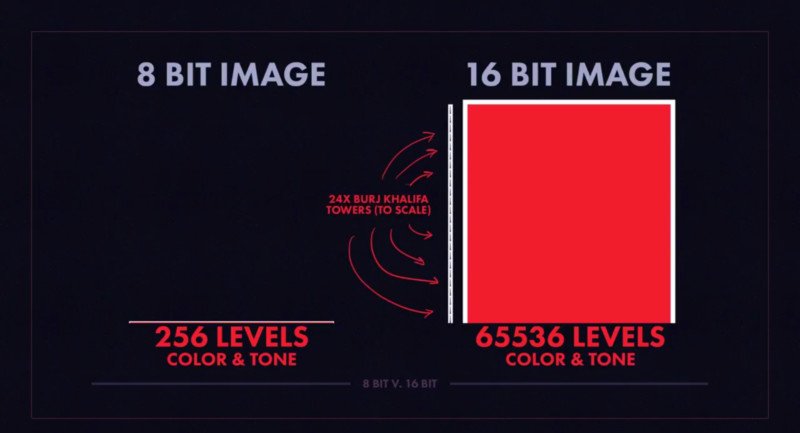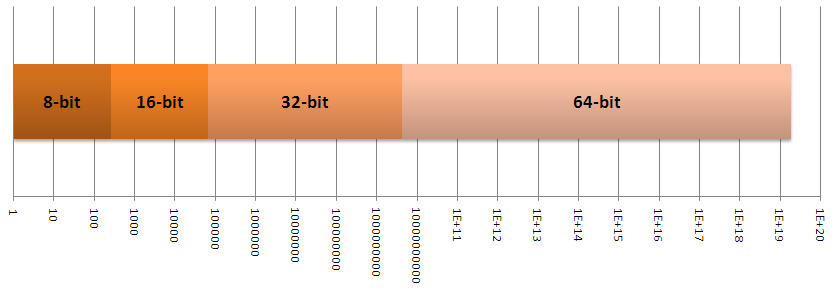

When they are not, the DSD encoding comes from a PCM master (what's the point, then?) or an eight-bit DSD called DSD-Wide, which has more similarities than differences from regular PCM. Moreover, it's extraordinarily challenging to compare them in any objective way since DSD and PCM encodings are often obtained through separate masters. Simple comparison between 16 bit and 8 bit audio (converted from 16 bit without dithering.)Easy Lemon (60 second) Kevin MacLeod ()Licensed und. Both DSD64 and Red Book PCM are, in essence, hi-fi formats. The technicalities differentiating DSD and PCM are very complex, though high-quality DSD and PCM recordings shouldn't sound all that different. Any suggestions that the DSD64 format will pick up steam seems highly unlikely to us even the academic world cannot decide if it is better than multi-bit PCM.

For our part, we're limiting ourselves to what we hear and understand, which tells us there is no difference between 16- and 24-bit, or 44.1 and 176.4 kHz.ĭSD is a bit of a different story. Monty at has a separate and far more exhaustive discussion of this topic, and I encourage you to read it if you find the subject matter interesting. Resample it to 44.1 kHz and know that you're, in practice, not losing any of its fidelity. So, if you somehow find a 176.4 kHz recording in your hands and your hardware doesn't natively support it, don't worry. Everything beyond that format tends to be a waste of drive capacity and, since the high-def recordings are more expensive, money as well.ĭownsampling a 176.4 kHz track to 44.1 kHz using a high-quality resampler should prevent clipping and yield an output that you can't distinguish from the original. Based on our experience, 16-bit and 44.1 kHz provides the best audio quality you're able to experience. While those formats do have a place (namely, in the recording studio where the mixing headroom is a real advantage), they don't seem to add anything to consumer audio. A 16-bit image file can store a 16 bits amount of information. As a matter of fact, in all of our blind tests, we couldn't tell the difference between 44.1 and 176.4 kHz, or 16- and 24-bit recordings. You can convert any 16-bit image to an 8-bits image, but you can’t convert images the other way. Obtaining an audiophile-quality 24-bit/192 kHz version of a poorly put-together track does nothing to make it sound better.
#WAV 8 BIT VS 16 BIT FULL#
But in contrary to the answer by DHarding they did not support full 8bit or 16. 16bit graphics and sound in the context of retro-game aesthetics, then they often talk about the graphic and sound capabilities of gaming consoles and PCs of the 8bit generation vs.
#WAV 8 BIT VS 16 BIT PC#

The following tables describe the audio file and compression formats and other audio features supported by interMedia.

Audio File and Compression Formats A.1 Supported Audio File and Compression Formats


 0 kommentar(er)
0 kommentar(er)
